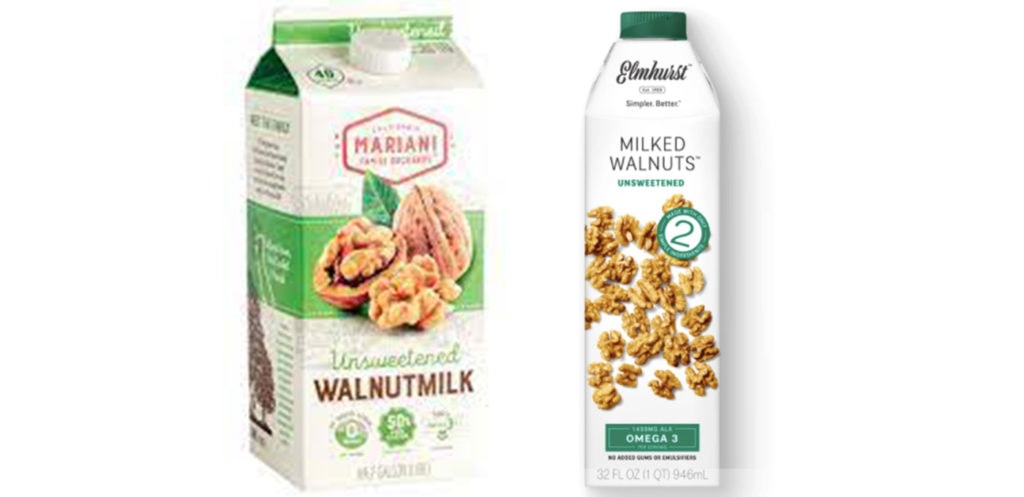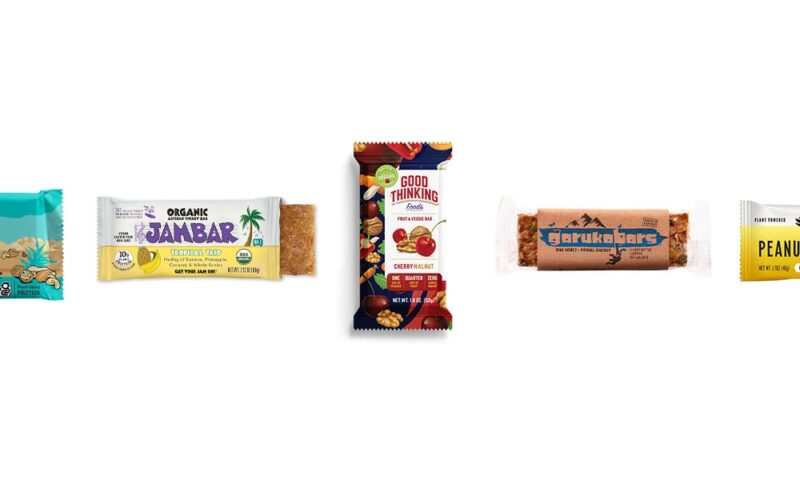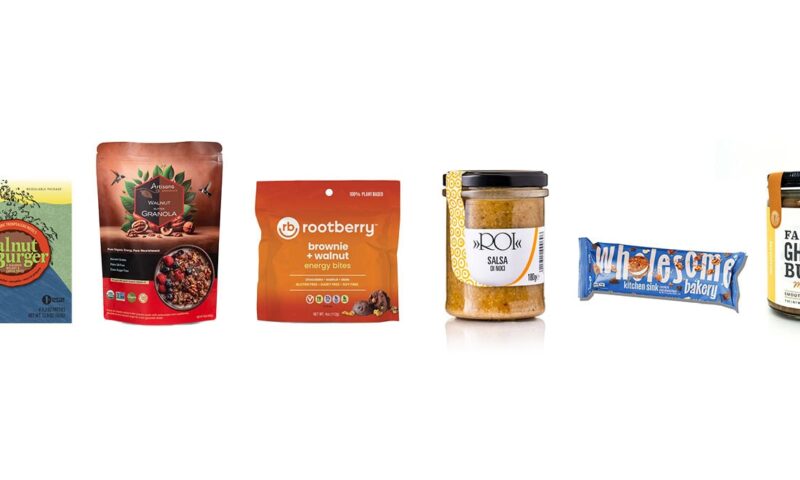Taste, flavor, sweet, salty, savory: How do we define these industry buzzwords and spin them into products that will make consumers readily grab packages off grocery store shelves?
Global fragrance and flavor manufacturer and researcher Symrise North America aimed to answer this question and more with “Reimagine Beverage and Sweet Products for a Healthy Lifestyle,” a recent webinar that highlighted three industry trends. Thanks to walnuts’ versatility, it may come as no surprise that they fit in nicely with all three key platforms for innovation.

Trend No. 1 Back to the Future
The industry is on a swing of the pendulum back to nature, as natural foods have more credibility with consumers than in recent decades. North American consumers especially are intrigued about ingredients from other countries in the natural space, as well as the knowledge that comes from ancient times that translates to current demands.
Symrise noted that daily diets are becoming more plant-forward and are contributing more to a “food as medicine” concept with functional goals and a return of “primal products.” Of particular interest with consumers are foods with anti-inflammatory and gut health benefits and foods that contribute to long term prevention.
As the only nut providing an excellent source of the essential omega-3 alpha-linolenic acid (2.5g/oz), walnuts are well positioned to enhance functional foods and beverages. Omega-3 ALA cannot be made by the body (therefore called “essential”) and must come from food. ALA has been associated with benefits for heart health, brain health and inflammation1. More clinical trials are needed to evaluate the effects of ALA consumption on cardiovascular disease risk as well as determine the optimal ALA intake to offer the greatest health benefit.
Symrise’s ingredient spotlight in this trend highlighted ginger as a dominant spice, with turmeric hot on the trail as an emergent spice. Tata Raw’s Sprouted Maple Walnuts not only showcase omega-3s on the packaging, but they stay on trend with turmeric and ginger flavorings.

Trend No. 2: Natural Power Up
Sleep, stress and hydration are focuses in a world where people are looking for both moments of relaxation and boosts of energy, resulting in improved physical performance and mental clarity. Metabolism boosts, fuel for workouts, clarity in daily productivity levels and more all are driving consumer food and beverage choices. Symrise noted that consumers are trying to avoid caffeine more and naturally hydrate. “Short-term energy is just setting ourselves up to crash down the line. We’re drinking too much coffee and we need to rediscover naturality,” the presenters said.
Walnuts offer a mix of protein (4g/oz) and good fats (13g/oz polyunsaturated fat and 2.5g/oz monounsaturated fat) which provide sustained energy during the day.
Why walnuts? In the study, “Effects of Walnut Consumption on Mood in Young Adults—A Randomized Controlled Trial,” the effects of walnuts on mood in healthy volunteers was examined. Sixty-four college students were randomly assigned to two treatment sequences in a crossover fashion: walnut-placebo or placebo-walnut. At baseline mood was assessed using Profiles of Mood States (POMS).
Data was collected again after eight weeks of intervention. After six-weeks of washout, the intervention groups followed the diets in reverse order. Data was collected once more at the end of the eight-week intervention period. No significant changes in mood were observed in the analyses with both genders combined and in females. However, researchers observed that non-depressed, healthy young men showed a 27% reduction in overall mood disturbances after eating a walnut-enriched diet. This study showed that in non-depressed healthy young males, walnuts may have the ability to improve mood.
Symrise names bars as a dominant category in the natural power-up trend space, with the grab-and-go ability combined with functional, plant-forward ingredients. Additionally, an emergent category is indulgent confectionery, combining sweet flavor profiles “to make energy management that much sweeter.” An example of this type of bar comes from Step One Foods. The company’s Dark Chocolate Walnut Bar is a combination of walnuts and 72% cacao dark chocolate, resulting in five grams of whole food fiber and 1001 mg of plant sterols in each bar. There are no preservatives, additives, colors or flavors.

Trend No. 3: Permissible Pleasure
Gratifiers, mood enhancers and indulgence are rolled together for trend No. 3, which focuses on these items, but not with detrimental health effects. Categories traditionally associated with indulgence have more mindful implications with consumers, including factors like sustainability and ingredients tracing. Symrise presenters noted, “Being healthy means something to everyone, so people don’t really know where to start sometimes. It’s up to manufacturers to create ‘healthier’ versions or formats of traditional favorites.”
Why Walnuts? Walnuts are a plant! They can be incorporated into a number of plant-forward food offerings, and alternative dairy was mentioned by Symrise as a best in class beverage example in the category. “Plant milks are becoming more and more common in ready-to-drink coffee and tea beverages. Alternative dairy products live at the intersection between health, sustainability and experience.” A popular example is Mariani’s Unsweetened Walnut Milk, which has 40 calories per serving and zero grams of sugar. Elmhurst also is satiating consumer demand for alternative milks with an unsweetened walnut milk made with just walnuts and filtered water.
To learn more about formulating for nature, energy or permission for your consumers to indulge, visit walnuts.org.



